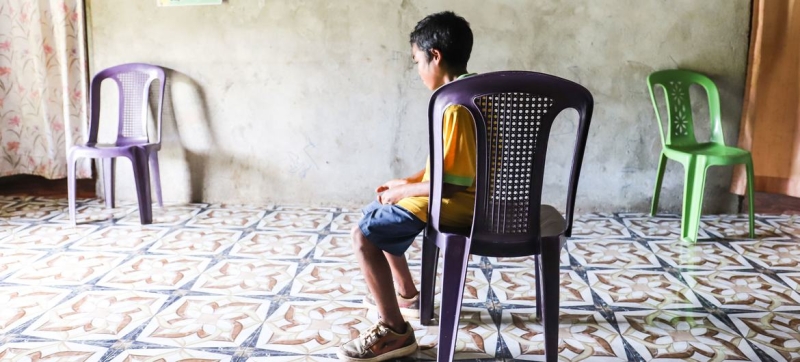
3.3 million children are in forced labour and 1.7 million are subjected to commercial sexual exploitation. UN report: violence against children at unprecedented levels UN
Violence against children worldwide is at an all-time high and continues to rise, according to a report released Thursday by the UN Secretary-General’s Special Representative on Violence against Children.
The report takes stock of the progress made since the establishment of the Office of the Special Representative 15 years ago and the challenges that remain. The report emphasizes that ending violence against children is possible if States and key stakeholders work together, scale up programs, and invest more resources.
Alarming data
According to the report, 333 million children live in extreme poverty, and more than 450 million young people are in conflict zones.
The UN estimates that 160 million young people around the world – or almost one in ten children – are working, with 3.3 million in forced labor and 1.7 million in commercial sexual exploitation.
Read also:
New UN study sheds light on links between child trafficking and child rights violations in armed conflict
In 2021, children accounted for about 15 percent of all homicide victims, according to the report. The rate of intentional homicides is particularly high in the Americas. In addition, about 46,000 children aged 10 to 19 commit suicide each year, making suicide the fourth leading cause of death among adolescents, the report’s authors warn.
“The figures in the report are alarming and likely underestimates,” said Najat Maala M’jid, UN Special Representative on Violence against Children. – Millions of children around the world are victims of physical, sexual and psychological violence, both online and offline, including, but not limited to, child labour, child marriage, female genital mutilation, gender-based violence, trafficking, bullying and cyberbullying.”
Progress is possible
Change is possible, the Special Representative said, but it requires context-specific considerations and sustained investment in ending violence against children.
“Compelling examples of efforts by States and other key stakeholders – the private sector, academia, religious leaders, human rights institutions, the media, civil society and children themselves – demonstrate that the needed paradigm shift can be achieved if we act collectively and in new ways, using a holistic approach,” – she said.
The report emphasizes that investing in child protection is not an expense, but a critical investment with a high return on the well-being of children and the future of society. “Children are not a problem to be solved. They are an asset to be invested in,” Maala M’jid said.
